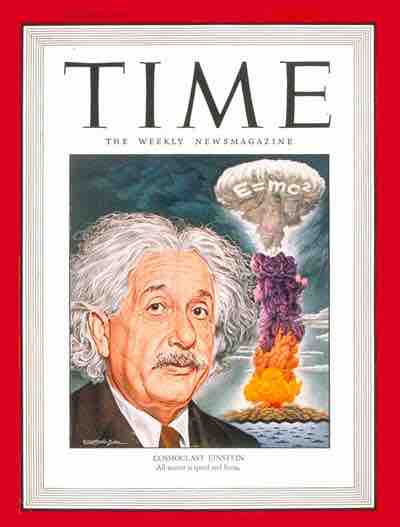In classical mechanics, the kinetic energy of an object depends on the mass of a body as well as its speed. The kinetic energy is equal to the mass multiplied by the square of the speed, multiplied by the constant 1/2. The equation is given as:
where
The classical kinetic energy of an object is related to its momentum by the equation:
where
If the speed of a body is a significant fraction of of the speed of light, it is necessary to employ special relativity to calculate its kinetic energy. It is important to know how to apply special relativity to problems with high speed particles. In special relativity, we must change the expression for linear momentum. Using
Since the kinetic energy of an object is related to its momentum, we intuitively know that the relativistic expression for kinetic energy will also be different from its classical counterpart. Indeed, the relativistic expression for kinetic energy is:
The equation shows that the energy of an object approaches infinity as the velocity
The mathematical by-product of this calculation is the mass-energy equivalence formula (referred to in ). The body at rest must have energy content equal to:

Time Magazine - July 1, 1946
The popular connection between Einstein, E = mc2, and the atomic bomb was prominently indicated on the cover of Time magazine (July 1946) by the writing of the equation on the mushroom cloud itself.
The general expression for the kinetic energy of an object that is not at rest is:
At a low speed (
Thus, the total energy can be partitioned into the energy of the rest mass plus the traditional classical kinetic energy at low speeds.